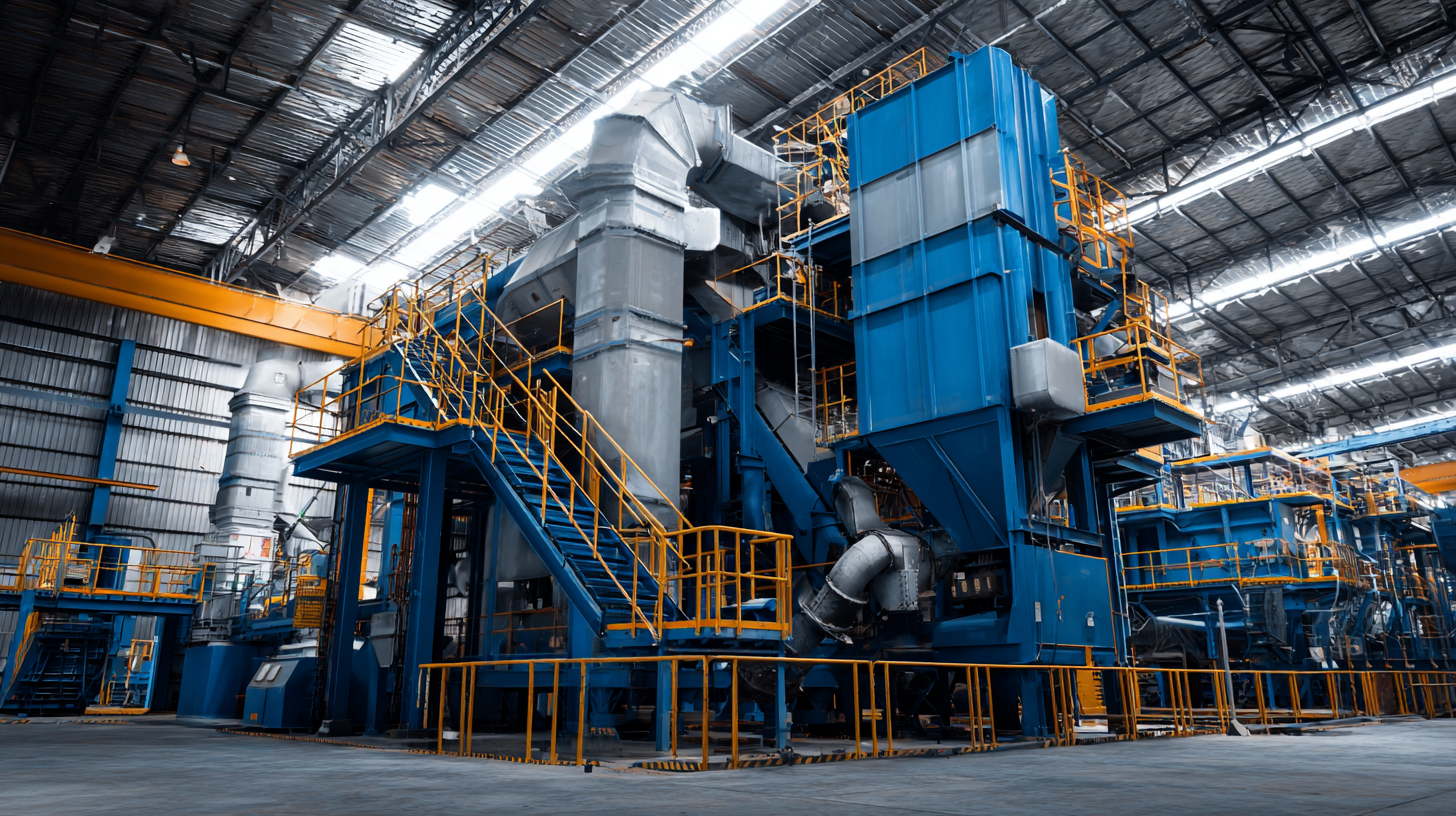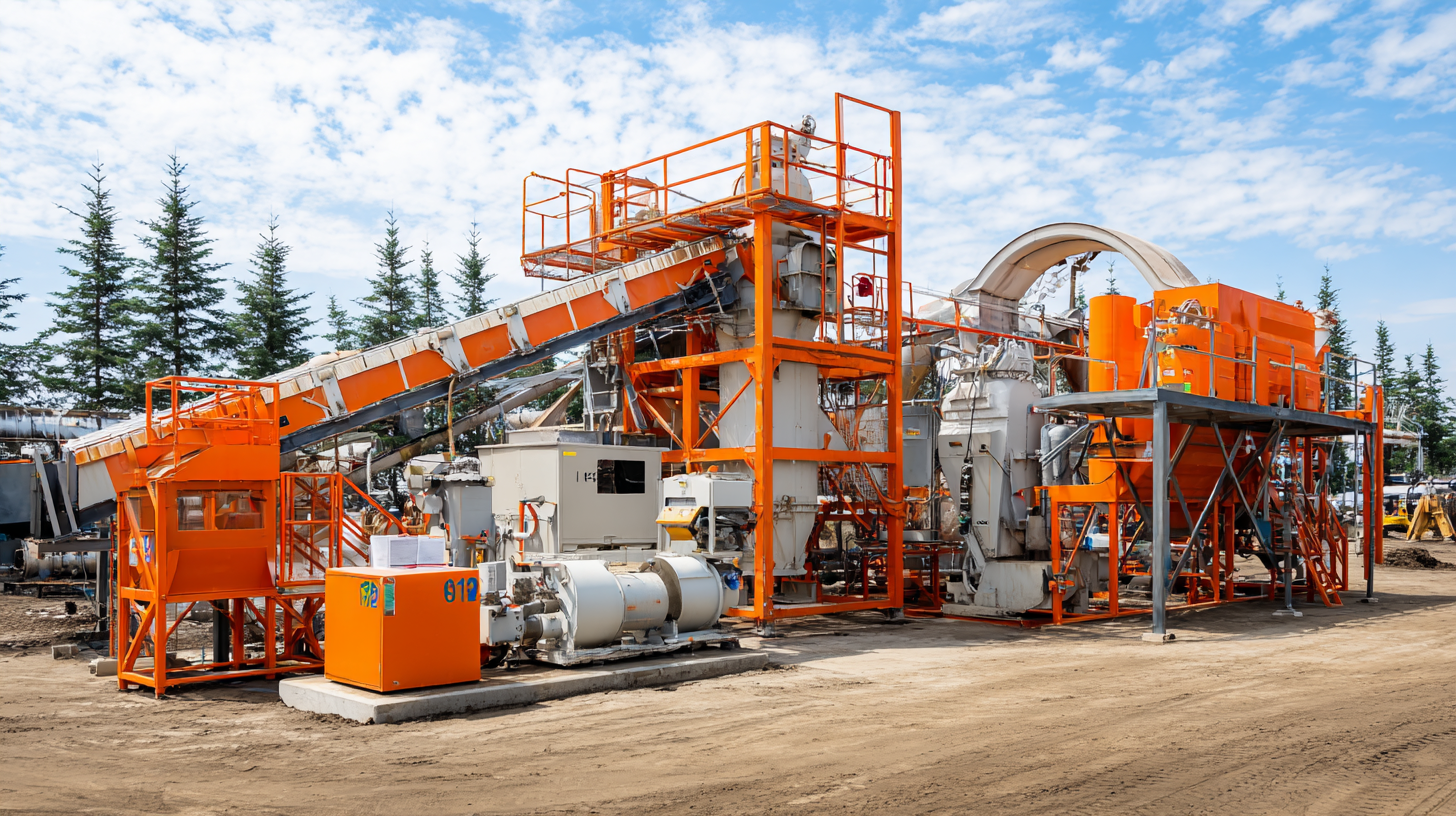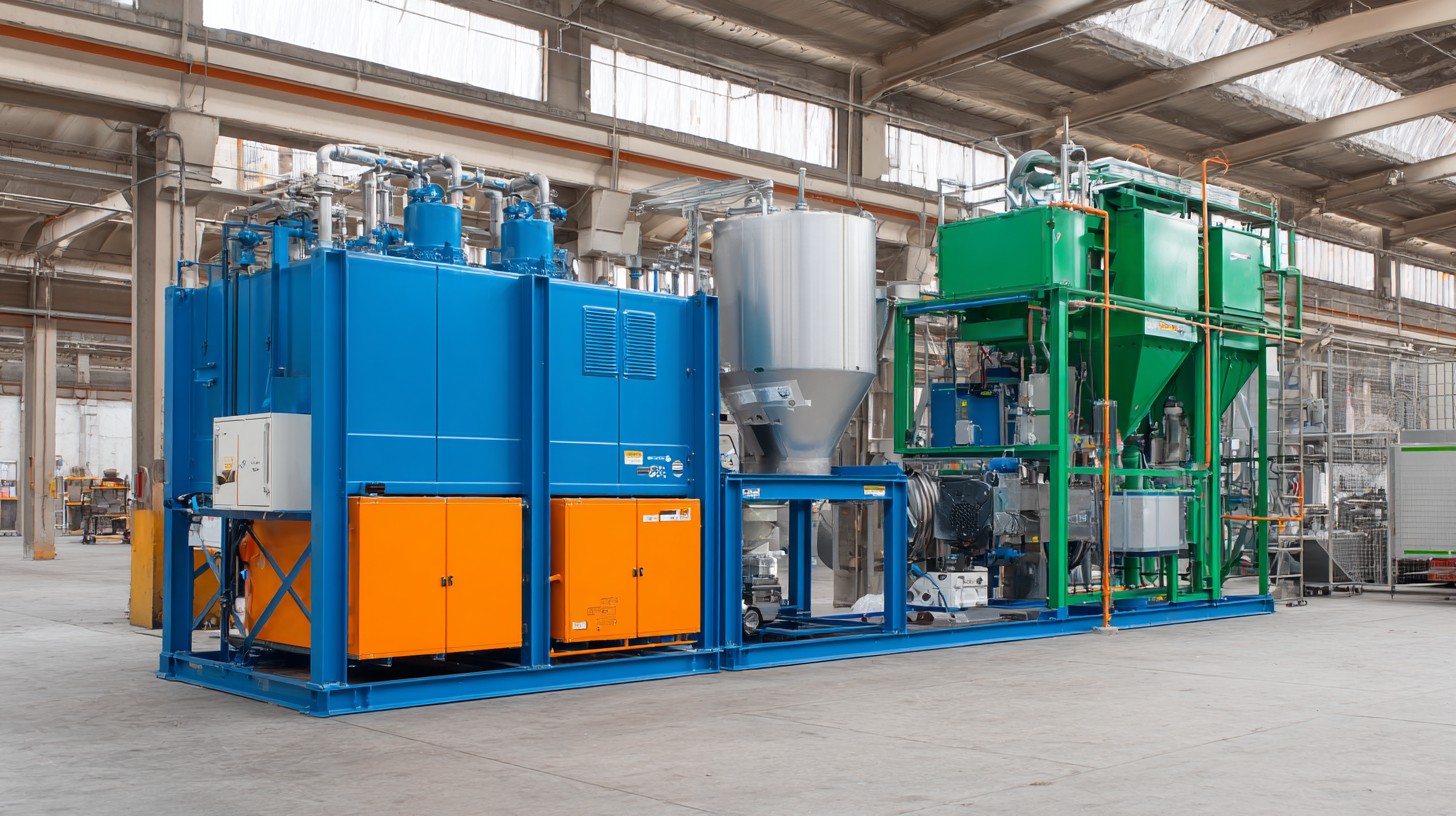
Ultimate Guide to Unlocking the Power of Best Electrostatic Separators for Your Business
In today’s competitive market, businesses are increasingly turning to advanced technologies to enhance productivity and efficiency. One such technology is Electrostatic Separators, which have become indispensable tools in various industries, including recycling, minerals processing, and even food production. According to a report by MarketsandMarkets, the global electrostatic separators market is projected to grow at a CAGR of 4.6% from 2021 to 2026, driven by the need for sustainable practices and superior separation techniques. These innovative machines leverage the electrical charge of materials to separate them based on their conductivity and dielectric properties, offering a precise and eco-friendly solution to traditional separation methods.

In this ultimate guide, we will explore the power of the best Electrostatic Separators, their applications, and how they can significantly optimize operations and drive profitability for your business.
Common Issues Faced by Businesses Using Electrostatic Separators
Electrostatic separators are increasingly popular in various industries, offering efficient solutions for material separation based on electrical charge differences. However, businesses leveraging these technologies often encounter several common issues that can hinder performance. One of the prevalent problems is the maintenance of optimal operating conditions. According to a report by MarketsandMarkets, the failure to maintain the right temperature and humidity levels can significantly reduce the efficiency of electrostatic separation processes, leading to productivity losses of up to 30%.
Another common challenge stems from the quality of the input materials. Inconsistent feed quality can drastically affect separation performance. The Institute of Electrical and Electronics Engineers (IEEE) has documented instances where fluctuations in particle size and moisture content resulted in separation accuracy dropping from an ideal 95% to as low as 70%. This variability not only impacts immediate processing outcomes but can also lead to increased costs due to wastage and lower overall output quality. Addressing these issues through regular training and equipment maintenance is essential for businesses aiming to maximize the benefits of electrostatic separators.
Ultimate Guide to Unlocking the Power of Best Electrostatic Separators for Your Business - Common Issues Faced by Businesses Using Electrostatic Separators
| Issue | Description | Potential Solutions |
|---|---|---|
| Inconsistent Separation Efficiency | Variability in material properties or incorrect settings can lead to reduced efficiency. | Regular calibration and adjustment of settings based on material properties. |
| High Maintenance Costs | Electrostatic separators may require frequent maintenance due to wear and tear. | Implementing a preventive maintenance schedule to minimize breakdowns. |
| Material Build-Up | Dust and particles can accumulate on the separator, affecting performance. | Regular cleaning and inspections to ensure optimal operation. |
| Power Supply Issues | Variations in power supply can lead to fluctuating performance. | Using stabilizers or uninterruptible power supplies to regulate power. |
| Poor Operator Training | Lack of knowledge can result in improper handling and reduced efficiency. | Provide comprehensive training programs and continuous education for operators. |
Understanding the Limitations of Electrostatic Separation Technology
Electrostatic separation technology has revolutionized the way businesses manage different materials, offering a more efficient and sustainable approach to sorting. However, it’s important to understand the limitations of this method to use it effectively. One significant drawback is the dependency on moisture content within the materials being processed. High moisture levels can adversely affect the separation efficiency, leading to suboptimal outcomes. This means businesses must carefully consider the properties of the materials they are working with before implementing electrostatic separators.

Impact of Material Properties on Electrostatic Separator Performance
Electrostatic separators have become essential in various industries, especially in mineral processing and recycling, due to their ability to efficiently separate materials based on their electrical properties. The performance of these separators is significantly influenced by the material properties of the feed. According to a report by the International Journal of Mineral Processing, the conductivity and particle size distribution of materials directly affect the separation efficiency. Materials with higher resistivity tend to enhance the effectiveness of electrostatic separation, allowing for greater material recovery rates and purity levels.
Furthermore, the surface characteristics of the materials, such as their chargeability and dielectric constant, play crucial roles in the performance of electrostatic separators. A study published in Separation and Purification Technology highlights that materials with specific surface treatments can enhance charge retention, leading to improved separation outcomes. For instance, a material with a high dielectric constant can result in a substantially better separation rate, often exceeding 85% in recovery from mixed waste streams. Understanding these properties not only helps in selecting the right electrostatic separator but also optimizes the processing conditions, ensuring businesses achieve maximum efficiency and profitability.
Impact of Material Properties on Electrostatic Separator Performance
Strategies to Overcome Electrostatic Separation Challenges
Electrostatic separation technology offers significant advantages for businesses looking to enhance efficiency and reduce operational costs. However, companies may face various challenges when implementing these systems. To overcome issues such as material conductivity variability and dust interference, it's crucial to adopt targeted strategies.
One effective approach is to carefully optimize the feed material properties before separation. This includes ensuring consistent moisture content and minimizing the presence of fine particulates that can affect separation quality. Regular maintenance and calibration of electrostatic separators can also help address performance fluctuations and maintain optimal functionality.
**Tips**: Consider incorporating real-time monitoring systems to track operational parameters, enabling prompt adjustments as needed. Additionally, collaborating with technology providers can result in customized solutions tailored to your specific application, helping you stay ahead of challenges in the electrostatic separation process.
Improving Efficiency: Best Practices for Using Electrostatic Separators
Electrostatic separators can significantly enhance the efficiency of your business operations by providing a high level of purity in material separation. Implementing best practices when using these devices is essential for maximizing their potential. One important tip is to regularly adjust the voltage levels according to the type of materials being processed. Materials with different charge characteristics may require fine-tuning of the electrical field to achieve optimal separation efficiency.

Another crucial practice is maintaining the equipment in top condition. Regular cleaning and inspection of the separators not only prevent contamination but also ensure that the equipment operates at peak performance. Diligently checking for wear and tear on the components can save time and costs associated with equipment failure.
Finally, training your staff on the proper operation and troubleshooting of electrostatic separators can significantly reduce errors and improve productivity. Providing hands-on training and updated resources can empower your team to make informed decisions, ultimately leading to better separation results and enhanced operational efficiency.
